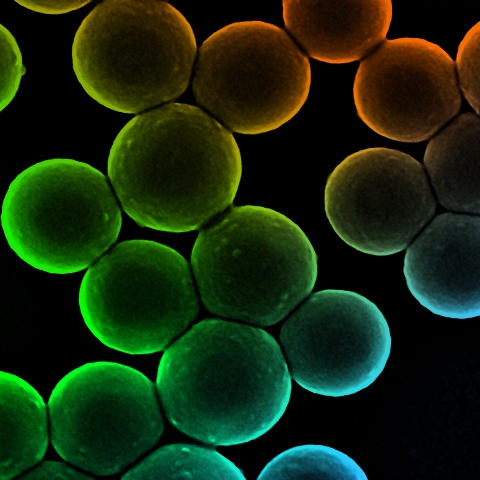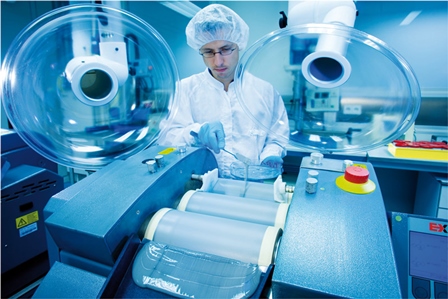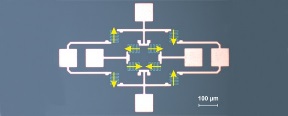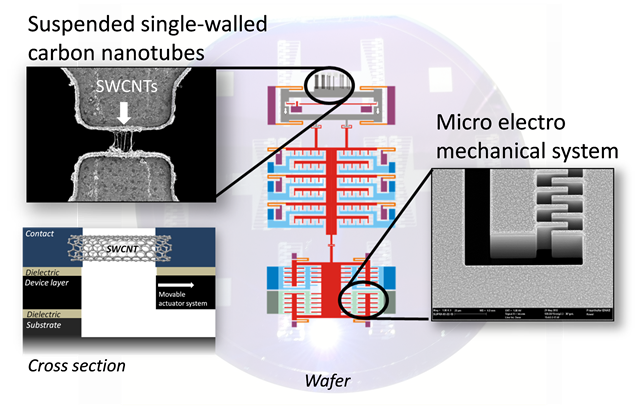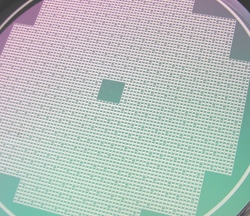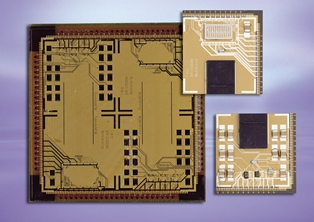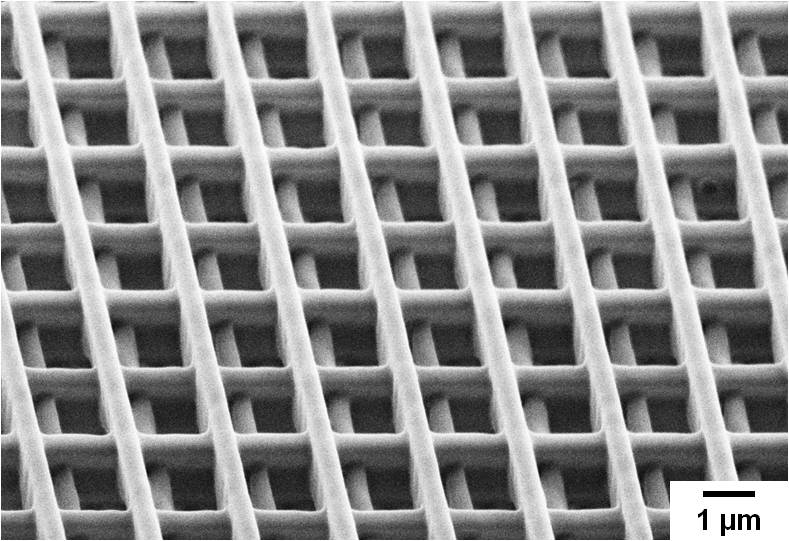The 14th International Nanotechnology Exhibition & Conference (nano tech 2015)
Date&Time: January 28th - 30th, 2015, 10:00-17:00
Venue: Tokyo Big Sight, East Halls 4-6 & Conference Tower
----------------------------------------------------------------------------------------------------------
Researchers of Fraunhofer Institutes will have booths at nano tech 2015.
The following Fraunhofer Institutes will exhibit their latest developments:
- Fraunhofer ENAS: Booth No. 5L-20
- Fraunhofer IKTS: Booth No. 5N-18
- Fraunhofer IMM: Booth No. 5J-02 (IVAM Booth)
- Fraunhofer ISC: Booth No. 5N-17
- Fraunhofer IWS: Booth No. 5Q-20 (Nanotech Kompetenz Zentrum Booth)
The detailed exhibition contents of each Fraunhofer Institutes, please see below.
------------------------------------
In addition to the booth exhibition, Fraunhofer researchers will give talks at the "Main Theater Presentation" on Jan.29th.
"Main Theater Presentation - German Pavilion Nanotechnology ~ Made in Germany"
Date&Time: 2015.01.29. (Thu), 10:20-12:20, 13:00-16:45
Venue: Main Theater (East Hall 5)
11:45-12:00
"Applications of next generation nano-materials based on sol-gel processing and nano-/microtechnology“
Dr. Michael Popall (Fraunhofer ISC)
13:15-13:35
"Use of alumina nano-powders for schrinkage control in silver powder firing"
Dr. Markus Eberstein (Fraunhofer IKTS)
13:35-13:55
"Ressource efficient innovations based on nano technologies"
Prof. Dr. Thomas Geßner (Fraunhofer ENAS)
13:55-14:15
"Superhard carbon coatings for an improved energy efficiency"
Prof. Andreas Leson (Fraunhofer IWS)
14:15-14:35
"Nanostructured materials and processing techniques for Lithium Sulfur Batteries"
Prof. Stefan Kaskel (Fraunhofer IWS)
15:00-15:20
"Innovative 2D GMR sensors in monolithic integration for high-sensitivity applications"
Maria Almeida (Fraunhofer ENAS)
15:40-16:00
"Metal nano-inks for inkjet and aerosol printing"
Dr. Nikolai Trofimenko (Fraunhofer IKTS)
 Fraunhofer Representative Office Japan
Fraunhofer Representative Office Japan